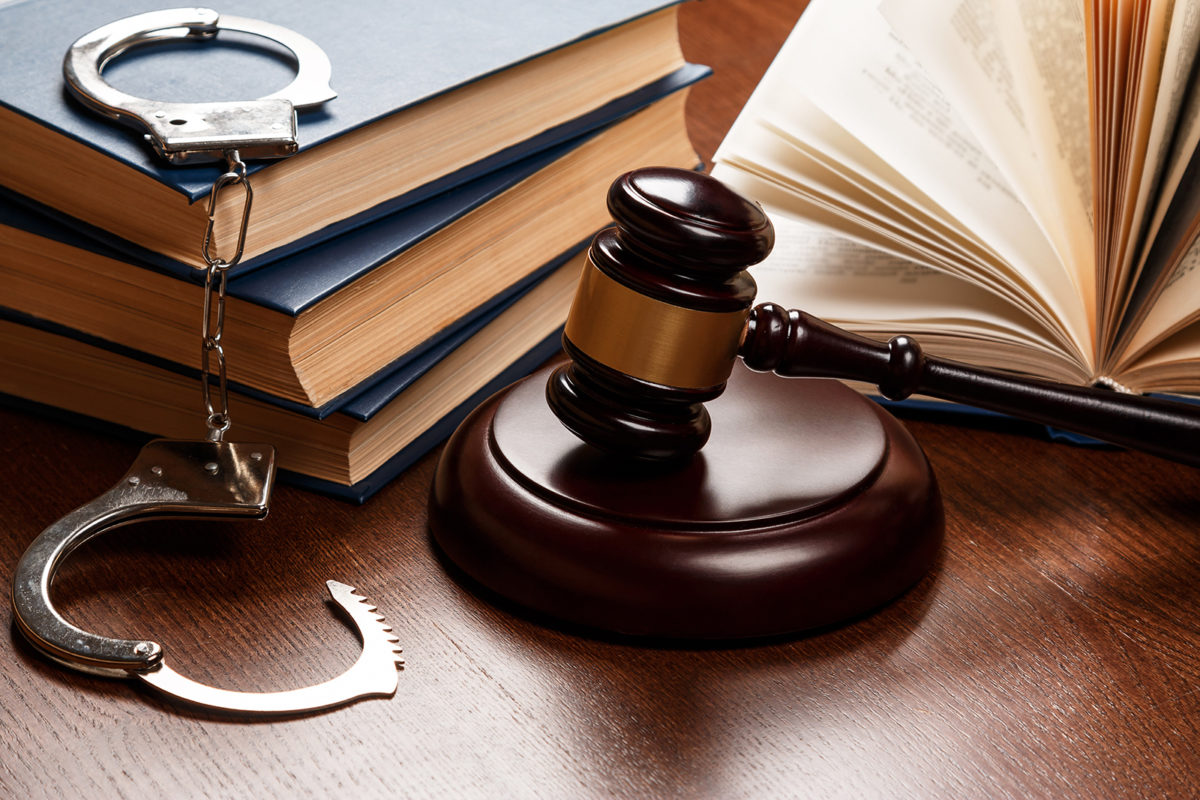What Constitutes Trademark Infringement?
Trademark infringement in Australia is the unlawful use by a third party of an identical or confusingly similar mark in a way that violates the rights of exclusive use by the trademark owner. The precise definition of infringement varies between jurisdictions, but in Australia there are two common standards:
- There is a close similarity between the two marks, and both are associated with the same or similar goods or services
- The use of the infringing mark is likely to cause consumer confusion as to the origin of the product
To establish trademark infringement in Australia, you must be able to prove both of these standards, as well as to prove your ownership of the trademark.
Are Infringers Always Competitors?

It can be easier to prove infringement when you can establish that the offending party is in competition with your business, in that you are selling the same products or services.
It is not essential that the infringing party is a competitor. According to Australian trademark law, you need only establish that the infringer’s goods or services are similarly related to those identified by your mark, and that this is likely to cause consumer confusion.
Your trademark is only protected by the scope of your registration. This means that you can only enforce your trademark rights in relation to the classes of goods are services specified in your registration. You might be able to prove infringement for products that are similar in nature: however, you could not claim infringement if your mark is used in relation to clothing when a similar mark appeared within the market for shovels.
In cases of trademark infringement in Australia, you can potentially establish infringement without necessarily proving the likelihood of confusion. Instead you must establish that your trademark has a high level of associated goodwill and good reputation, and that the use of a similar mark by a third party without your permission would be taking advantage of, or be detrimental to, your current trademark’s reputation.
Trademark Infringement v Unfair Competition, Passing Off, Dilution, and Depreciation of Goodwill
Australian trademark law recognises the torts of unfair competition and passing off.
The aim of unfair competition cases is generally to prove consumer deception or a threat to the reputation of a business. While these claims can often coincide with trademark infringement cases, the burden of proof for an unfair competition claim is usually higher than it would be in the case of infringement.
The concept of unfair competition is generally broader than the concept of trademark infringement. For example, unfair competition claims can incorporate false or misleading advertising accusations, whereas infringement cases could not be made upon such claims.
Some jurisdictions also include statutes in trademark law that protect famous or well-established marks from trademark dilution, deprecation of goodwill, or similar issues. These sorts of intellectual property disputes might arise when a new trader uses a mark that weakens the distinctiveness of a well-known mark by distorting or tarnishing it. To succeed in a case against trademark dilution, the trademark owner does not necessarily have to prove the likelihood of confusion.
Infringement v Counterfeiting and Cybersquatting
Counterfeiting is the act of marketing goods, generally of an inferior quality to the original product, and selling them under an established brand name without the consent of the owner. In Australia, counterfeiting is considered to be a criminal offense.
Counterfeit goods are usually sold under a trademark that is identical or at least unrecognisably different to an established mark that is registered for the same classes of goods. Counterfeit producers do not have the permission of the trademark owner to use that mark in relation to their products.
Trademark infringement in Australia tends to occur where a similar or identical mark is used for products that are commercially related, as opposed to inferior products of the same nature. In an infringement case, the offending mark does not necessarily have to be identical to the original mark, but can instead be only similar in certain elements.
The sale and distribution of counterfeit goods still constitutes trademark infringement, but not every case for infringement involves counterfeit goods.
Cybersquatting is the act of obtaining a domain name registration in bad faith. This domain name is generally one that incorporates trademarks with which the cybersquatter has no connection to or interest in.
Cybersquatting does not necessarily qualify as trademark infringement, especially if the registrant is not using the domain name in connection to the sale of products or services, or in a way that is most like to cause confusion.
Trademark infringement in Australia that involves a domain name does not essentially constitute cybersquatting, as there must be the intent of bad faith involved. Talk to a trademark professional about protecting your intended domain name from cybersquatting.
Redressing Infringement
Australian trademark law generally provides damages and injunctive relief as remedies for infringement. The payment of attorney’s fees as a legal remedy varies between jurisdictions. In some countries, you can even attempt the seizure, impoundment, or destruction of the infringing goods, particularly if the goods are found to be counterfeit. You might also claim awards of statutory damages, enhanced damages, recovery of profits, and other remedies.
Speak to your trademark professional about the remedies for trademark infringement in Australia, as well as the legal avenues available to you in the case of infringement.
Trademark Registration
In order to achieve prosecution for trademark infringement in Australia, you must be able to prove ownership of your trademark. You can prove evidence of your ownership by providing your copy of your certificate of registration to the courts. This certificate will provide evidence as to the term of your registration and the products and services covered by your registration.
Proving ownership of a trademark is generally a simple task.
It is incredibly difficult to take legal action against infringing parties if you are not the registered owner of a trademark. Proving your own extensive and consistent use of your trademark might get you so far: but trademark registration is the only way to guarantee that you have protection against infringement, and that you gain the exclusive rights to your trademark.





